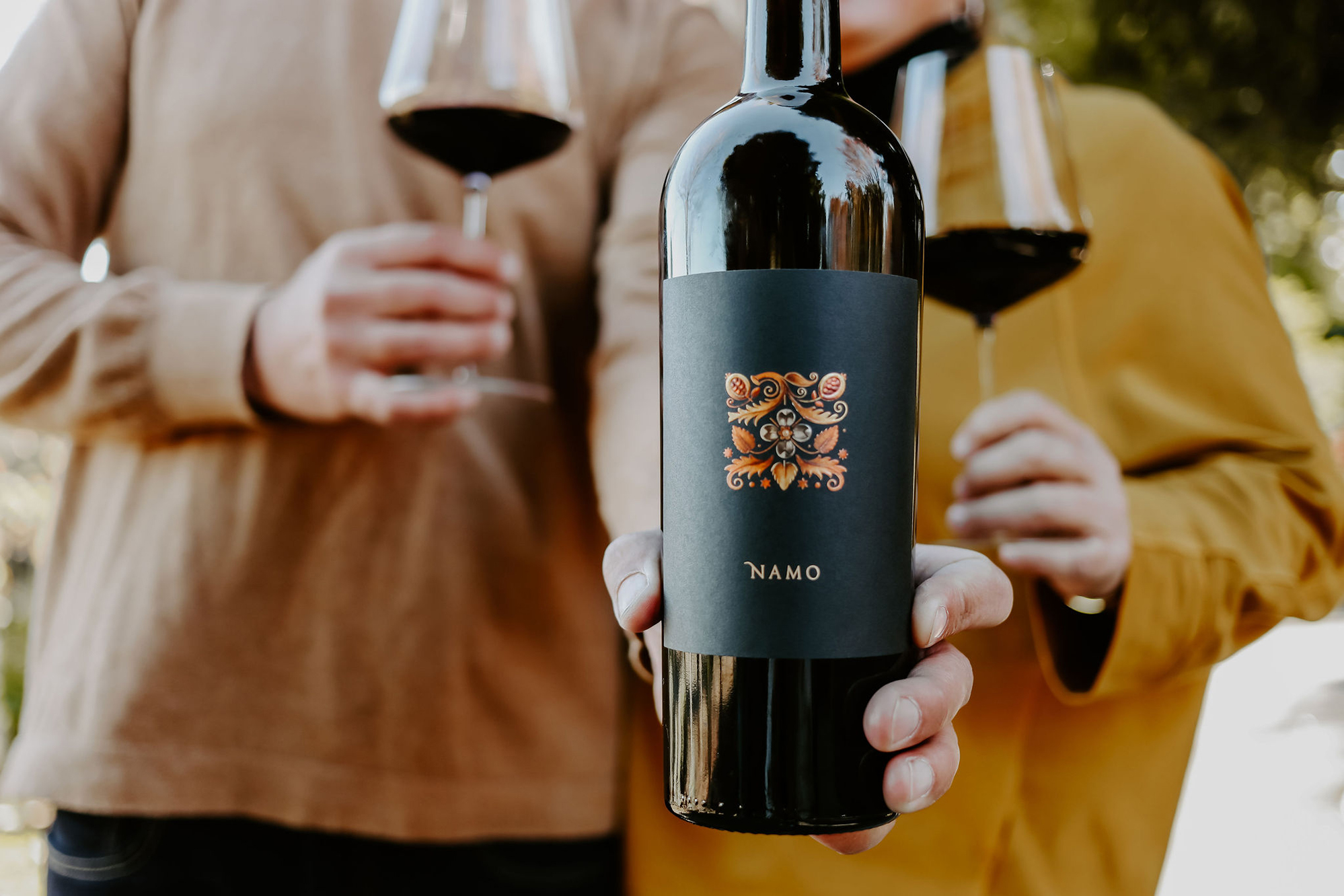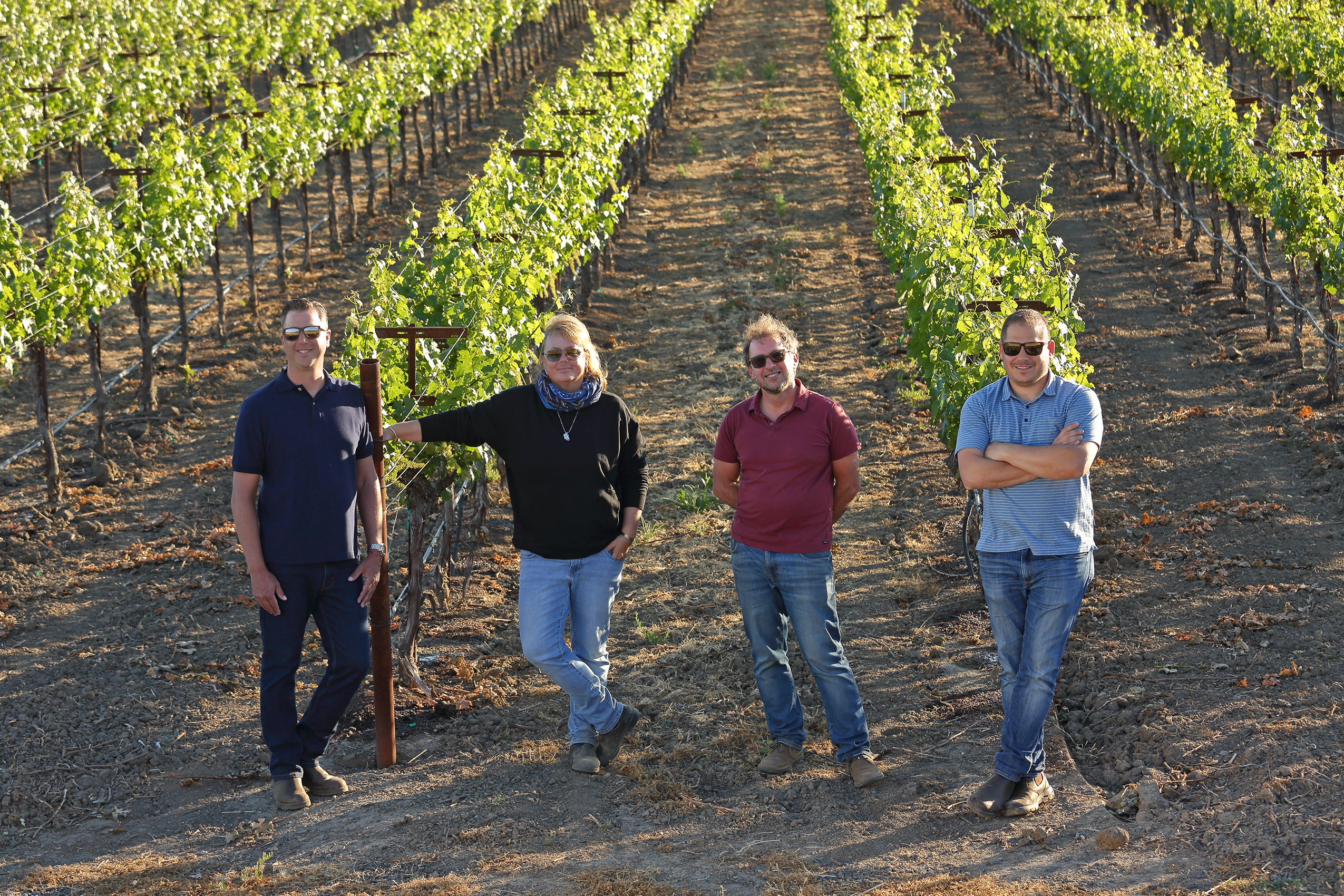Wine Of The Week: Namo 2019 Cabernet Sauvignon
A 100% Napa Valley Cabernet Sauvignon with silken textures built from sumptuous dark fruit, dark chocolate and subtle minerality.

Debra Mathy knows good wine. She’s the proprietor of Dutcher Crossing in Sonoma’s Dry Creek Valley, one of the oldest viticultural regions in California. Mathy and her winemaking partner-in-crime Nick Briggs make over thirty styles of wine, with stand-outs being Sauvignon Blanc—aged in oak for roundness and depth (“Sauvignon Blanc can often be a bit of a porch pounder, but this is is a more nuanced version,” says Briggs)—and Zinfandel. If the latter conjures haunting images of the jammy wines of the ‘90s, this isn’t—it’s fresh, elegant and light on its feet.
While the two are firmly rooted in Dry Creek, Mathy has been forever enthralled by the Napa Valley’s Cabernet Sauvignon. So a few years ago she decided to do it: she was going to make the next best Napa Cab.

There’s one person you call when you want to make an otherworldly Napa Cabernet: Philippe Melka. The Bordeaux-born winemaker—whose resume includes time at Dominus, Ridge, Château Haut Brion, and Chianti’s Badia O Coltibuono—has a magic touch with Napa wines. Everything he turns to gold (or in this case, top-scoring wines).
Melka is a soil nerd. Instead of planting his own vineyards, he strategically sources grapes from trusted growers and great soils around the valley. He’ll look up into the mountains for freshness and acidity, then down to the Rutherford region for that dusty, tannic texture. He parses out the perfect pockets to find the best possible grapes and assembles them, Avengers style, into wines with character and class.
Melka, Mathy, and Brigg’s approach to making Namo, their Napa Valley Cabernet Sauvignon, isn’t textbook. They pull in dozens of wines made from different regions of Napa Valley and blend, taste, blend again then do it all again to make sure it’s perfect. They’ll argue over tiny percentages—this plot adds too much tannins, this one’s too acidic.
The final wine is worth the effort. It’s 100% Napa Valley Cabernet Sauvignon, aged for 18 months then aged for another year in bottle. Silken textures are built from sumptuous dark fruit, dark chocolate and a subtle thread of minerality. $250
